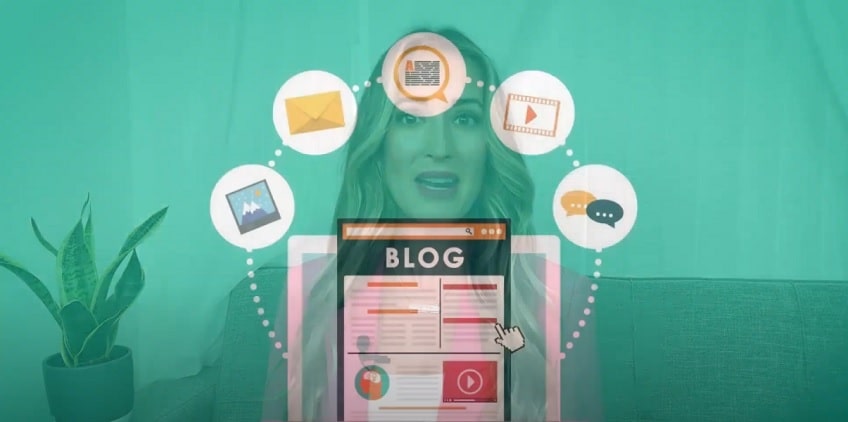It is no surprise that 2021 was a challenging year for digital marketers. The truth is that demand generation has been difficult to plan for and execute. There are many factors that affect how you communicate with your customers. Additionally, you are likely to be testing multiple strategies that focus on building engagement at various points in your marketing funnel.
Looking ahead to 2022, and looking at the current work environment in hybrid office spaces, it is likely worth investigating how demand generation is approached. According to Smart Insights in fact, the average click through-rate for email openings was less than 10% in 2021. This is nearly 8% lower than 2019 (pre-Covid). How can you ensure that you’re generating enough quality leads while still maximizing organizational ROI? Let’s take a look.
Top of Funnel – Demand Generation
Of all the parts of the marketing cycle, the top is often the most overlooked. The top of the marketing funnel is often where digital marketers have to balance product and sales pitches with content marketing. This is a lot of work. This is also not the best for demand generation.
Top of funnel marketing success is about focusing on keywords pain points. This approach allows buyers to feel empathy with their top-of-mind frustrations and builds trust equity. You will become a thought leader in your prospect’s eyes if your company can share their views on these specific issues. You will also increase your interest in doing more research.
Why should your funnel marketing be the top priority for demand generation?
Account Based Marketing
ABM is a broad term that can be used by demand generation marketers to describe their business. They’d likely give seven different definitions. ABM has remained somewhat mysterious to organizations that prefer passive approaches to targeted lead generation. Contrarily, account-based market has been somehow incorporated into software. Of which it is definitely not.
ABM is the future of lead generation. Why not concentrate on it in 2022? It is becoming increasingly difficult for buyers to connect with prospective leads. Personalizing your outreach to individual needs is the best way of starting a conversation. Targeting specific accounts, which may have similar needs, allows you to tailor your campaigns to meet their needs. In fact, 87% marketers believed that ABM campaigns had outperformed all other lead generation strategies by 2021.
You want to know more about ABM? PureB2B’s whitepaper on how to launch your ABM strategy is available.
Targeting accounts to become leads… who knew?
Predictive intent data
For most marketing departments, demand generation planning is just a generic term to describe generating revenue. This is a good starting point in understanding what demand generation is. However, there are more nuanced ways to generate that revenue. Intent data has been a major component of digital marketing plans.
Intent data was an excellent way to find out where and how customers were engaging with your content. However, intent data has become a commodity. The industry is flooding with different quality business intelligence. This is why it was necessary to have a deeper understanding of one’s data and all the layers that it has. The theory of predictive intent can be broken into two parts: data enrichment and buyer analytics.
Data Enrichment
This literally means that one expands one’s database with actionable pieces. How do you do it? It is best to analyze the behavior and decisional habits of your customers. Who makes the decisions? What are they deciding about? Which are their interests? This information can be used to optimize your demand generation efforts.
Buyer Analysis
It is essential to monitor your buyers’ buying behavior throughout the marketing campaign. You have many buyer analytics that you can use, such as website engagement. The goal is to provide smarter content to your prospects.
Predictive analytics with intent data
Future of Demand Generation Planning
What is the future of demand-generation? What if there is a decline in engagement rates and marketing success, why not only focus on the bottom? When it comes to strategic communication, full-funnel is often not the best route. This requires deep understanding of the buyers’ pain points, needs, competitive research, thoughtful conversations, and extensive knowledge. This is the approach that B2B buyers want in 2022. The days of mass-based marketing that relied heavily on phone calls and sales-pitching are gone. People are now looking for brands they can trust and that offer consistent value and tailored solutions to their individual needs. The future of demand generation, in its simplest form, revolves around creating a narrative that your buyers will follow.


